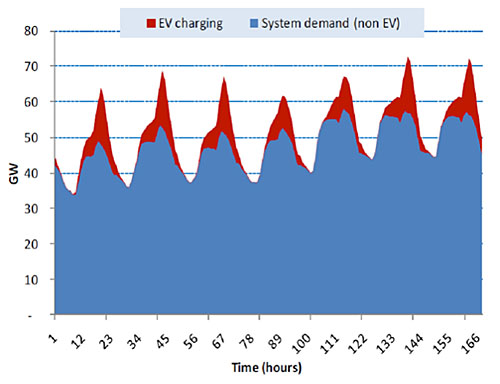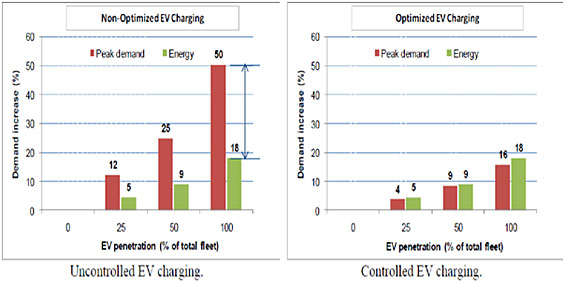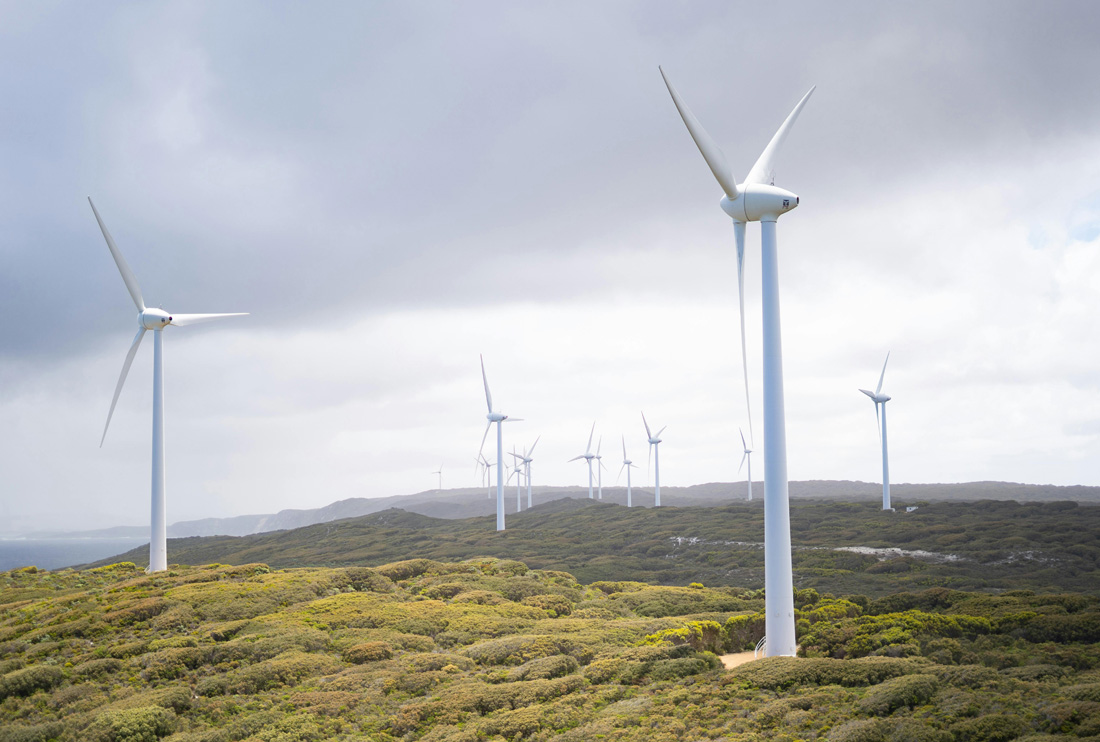
The electric vehicle (EV) is on the rise. Increasingly, OEMs are waking up to customer interest, independent companies are showing some serious credibility against the myth that electric cars can't go fast, and it seems that electric vehicles will soon be transformed from a car that only interests 'greenies' to one that actually suits the lifestyle and pocketbook of the average automobile driver.
Instead of promoting the wonder of the electric vehicle or completely defaming the idea, it is important to touch upon the supporting infrastructure that mass adoption would require. In other words, what will determine whether driving a (plug-in) electric car will be a reality for more than a select few?
The problem is neatly categorized under what is commonly known as a causality dilemma. In short, will the introduction of electric vehicles drive infrastructure development, or will the development of infrastructure spur increase in electric vehicle volume? Let's look at a few challenges.
After arriving at home from a long day at work, before you greet the dog and drag the groceries inside, you quickly plug your electric car in to charge. It's 7 p.m., and all around the city the story unfolds quite similarly. There is a sudden surge in the national electricity demand, and somewhere on the grid a power station or two increases production to meet this growth. Now, a peak surge in electricity demand isn't unusual—it's a well-documented phenomenon that presents itself when kettles switch on after a football game or a record number of viewers tune into a royal wedding. However, it's the scale that presents a hiccup—the potential volume increase caused by thousands of electric vehicles plugging into the grid at the same time could severely exacerbate demand peaks already in existence today. A graphic representation of this demand perpetuation, as demonstrated by studies conducted in the UK (Shakoor & Aunedi 2011), is shown in figure 1 below:

Figure 1: Coincidence of uncontrolled EV charging with peak demand at 50% EV penetration (Shakoor & Aunedi, 2011)
There is a solution on the horizon: smart grids, and their younger sibling, the smart meter, the saviors of managing demand. A smart system would allow the mediation of electric vehicle electricity demand by making a 'smart' decision about how to 'smooth out' the demand to mitigate the surge described above. Sure, you plugged your car in at 7 p.m., but you only need it back by, say, 6a.m. (for argument's sake)—allowing the grid a flexible number of hours under the cover of darkness to make sure that your car is fully charged by the time you pull out of the driveway, and carefully managing the same task for each of the thousands of others.
Figure 2 below illustrates this controlled versus uncontrolled EV charging model, highlighting that such infrastructure may become increasingly important as the penetration of electric vehicles increases. And there is the possibility of a reverse relationship too—using charged electric vehicles to feed the grid when necessary (so called bi-directional V2G operation). Now, the description above is a highly simplified scenario, but "EV loads are particularly well-placed to support system operation and investment, given the relatively modest amount of energy needed daily, generally short driving times, and relatively high power ratings expected for EV batteries." (Strbac et al. 2012) Further challenges arise considering that you may need to charge your car during the day, either out and about in town or after a journey to visit a distant relative.

Figure 2: Differential impact on additional energy and peak demand (Shakoor & Aunedi, 2011)
We're all familiar with the concept of refueling a vehicle at a fuel station. In an electric vehicle 'fuel' station, a traditional petrol or diesel refuel of 10 minutes would become a 30- to 60-minute experience for a rapid charge (up to about 80% capacity), or even a few hours for a full charge. While this may not be problematic all the time, it is clearly not viable on a large scale. A future scenario would almost certainly require charging to take place at home, in the workplace, at a shopping mall, or on the street—places suitable for a time-consuming exercise. It is worth noting that in all likelihood the ecosystem will evolve over time—electric vehicle technology is improving at a phenomenal rate—but this is a fairly accurate representation of the current charging challenge.
Finally, the question of cost and responsibility arises. While not as big a challenge as developing hydrogen infrastructure, EVs nevertheless require a massive infrastructural overhaul that may bring the end of traditional fuel business models and logistics as we experience them today. Who would put a charging point into your home? Should it be the homeowner, because they want to drive an electric vehicle and charge in the comfort of their own home? Should it be the power utility, because this sort of infrastructure is valuable to their own future business models? How about the government—because they too have a vested interest in seeing the rollout of a greener, more sustainable future? And should it be done in anticipation of a mass electric vehicle uptake? The cost of a new-build charging point is significantly lower than that of a retrofit. And what if at home you park on the street? What about public charging points?
The are also points of contention around whether infrastructure or EV should technology should carry more of the burden. For instance, Morrow et al. (2008) found that "overall transportation system cost can be reduced by providing rich charging infrastructure rather than compensating for lean infrastructure with additional battery size and range," while Peterson and Michalek (2013) disagreed, finding that "nondomestic charging infrastructure installation is substantially more expensive than increased battery capacity per gallon saved." Where do innovative solutions like inductive charging fit into this traditional charging model? And finally, what is the time frame for all of these considerable changes? When there are sufficient chickens (read: electric vehicles) on the road to justify the cost and make it a worthwhile investment? Or when the egg (i.e. EV infrastructure) is sufficiently in place to make acquiring an electric car a good idea?
Ultimately, perhaps the most promising solution involves cooperation and collaboration by individuals, business, energy companies, and government. Each is vying to protect their own interests and pockets, but they share a common goal: to see the electric vehicle on the road.
Genevieve Alberts
The Energy Collective
References:
Morrow, K, Karner, D and Francfort, J 2008, 'Plug-in hybrid electric vehicle charging infrastructure review', Final report: Batelle Energy Alliance, Contract no. 58517, U.S. Department of Energy Vehicle Technologies Program – Advanced Vehicle Testing Activity. Retrieved from http://avt.inl.gov/pdf/phev/phevInfrastructureReport08.pdf
Peterson, SB and Michalek, JJ 2013, 'Cost-effectiveness of plug-in hybrid electric vehicle battery capacity and charging infrastructure investment for reducing US gasoline consumption', Energy Policy, vol. 52, no. 1, pp. 429-438.
Shakoor, A and Aunedi, M 2011, Report on the economic and environmental impacts of large-scale introduction of EV/PHEV including the analysis of alternative market and regulatory structures. Retrieved from http://www.g4v.eu/datas/reports/G4V_WP3_D3_1_economic_and_environmental_...
Strbac, G, Aunedi, M, Pudjianto, D, Djapic, P, Gammons, S and Druce, R 2012, 'Understanding the balancing challenge', UK Department of Energy and Climate Change. Retrieved from https://www.gov.uk/government/uploads/system/uploads/attachment_data/fil...



































